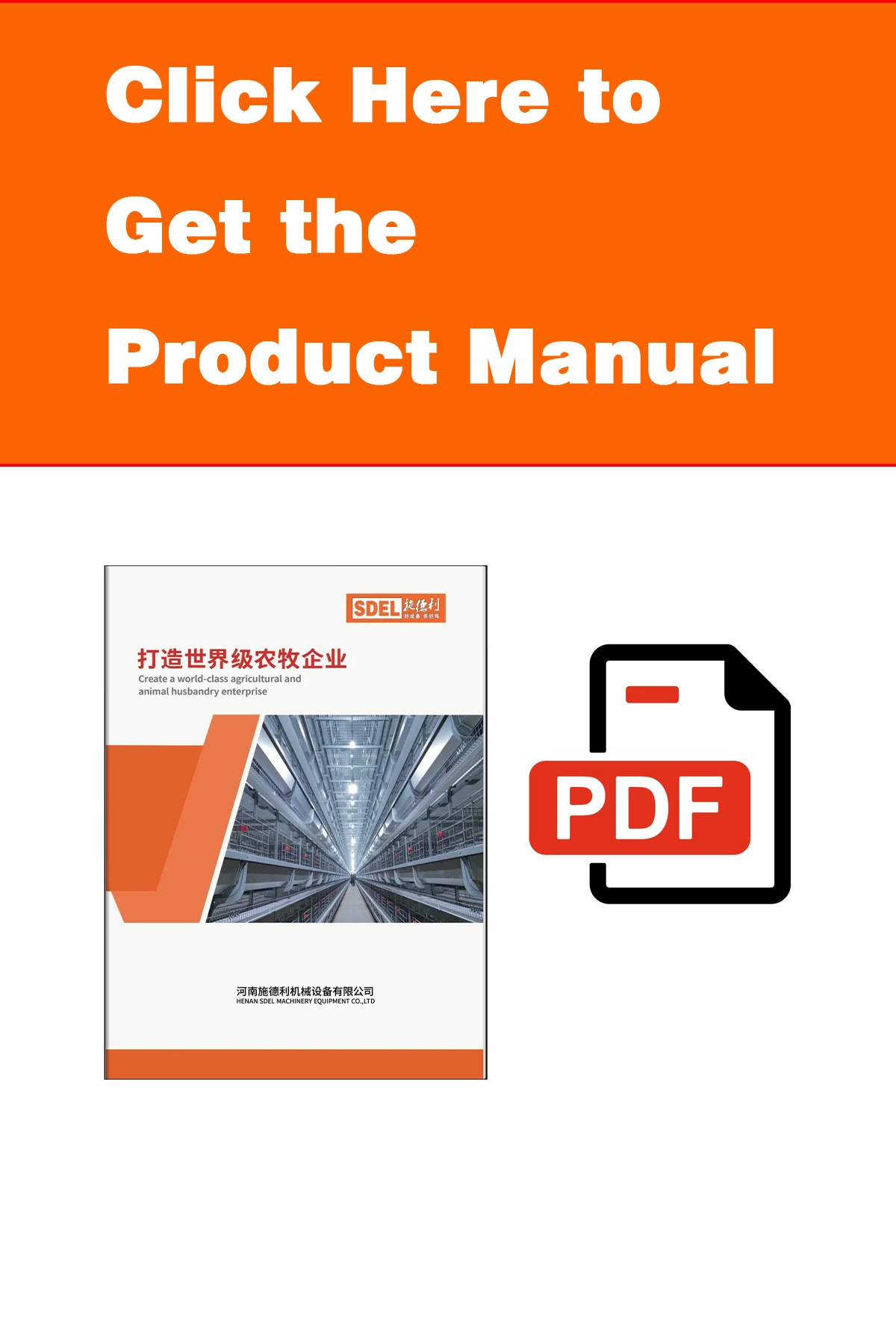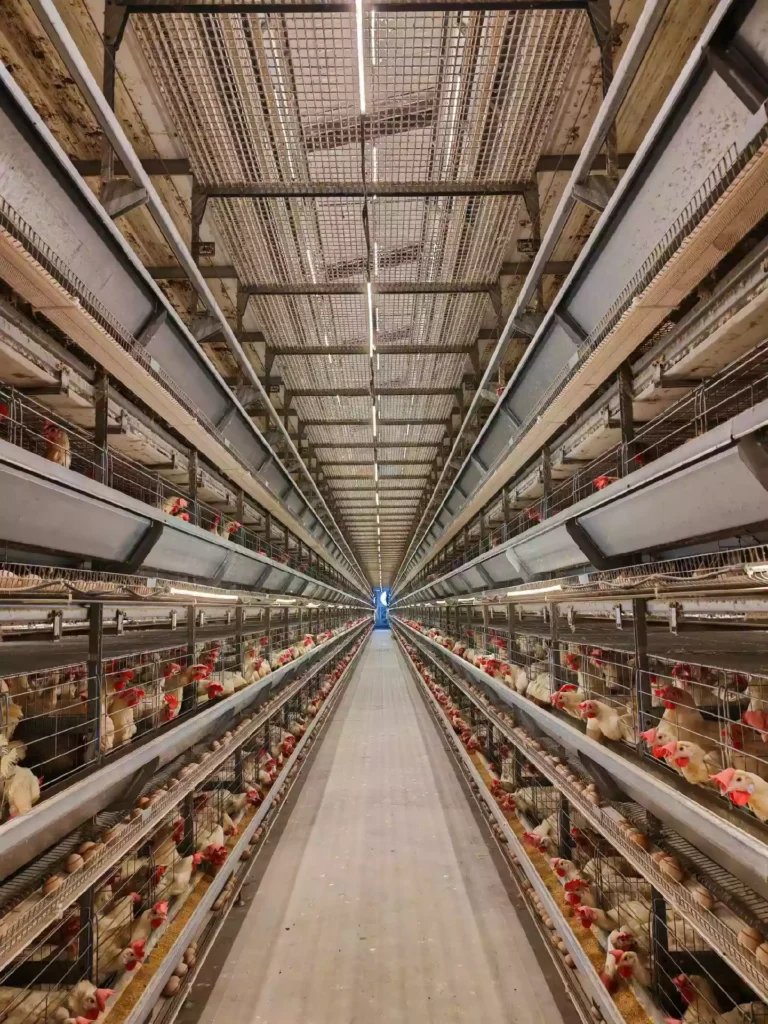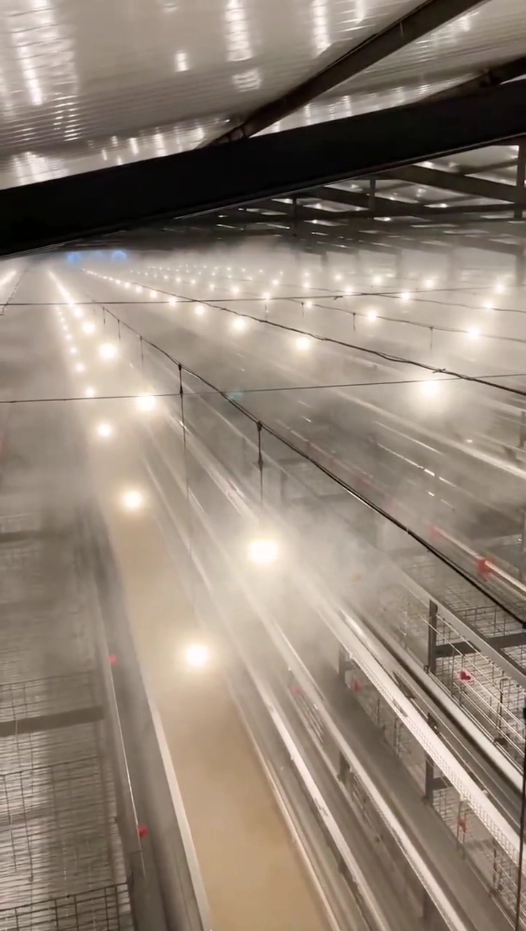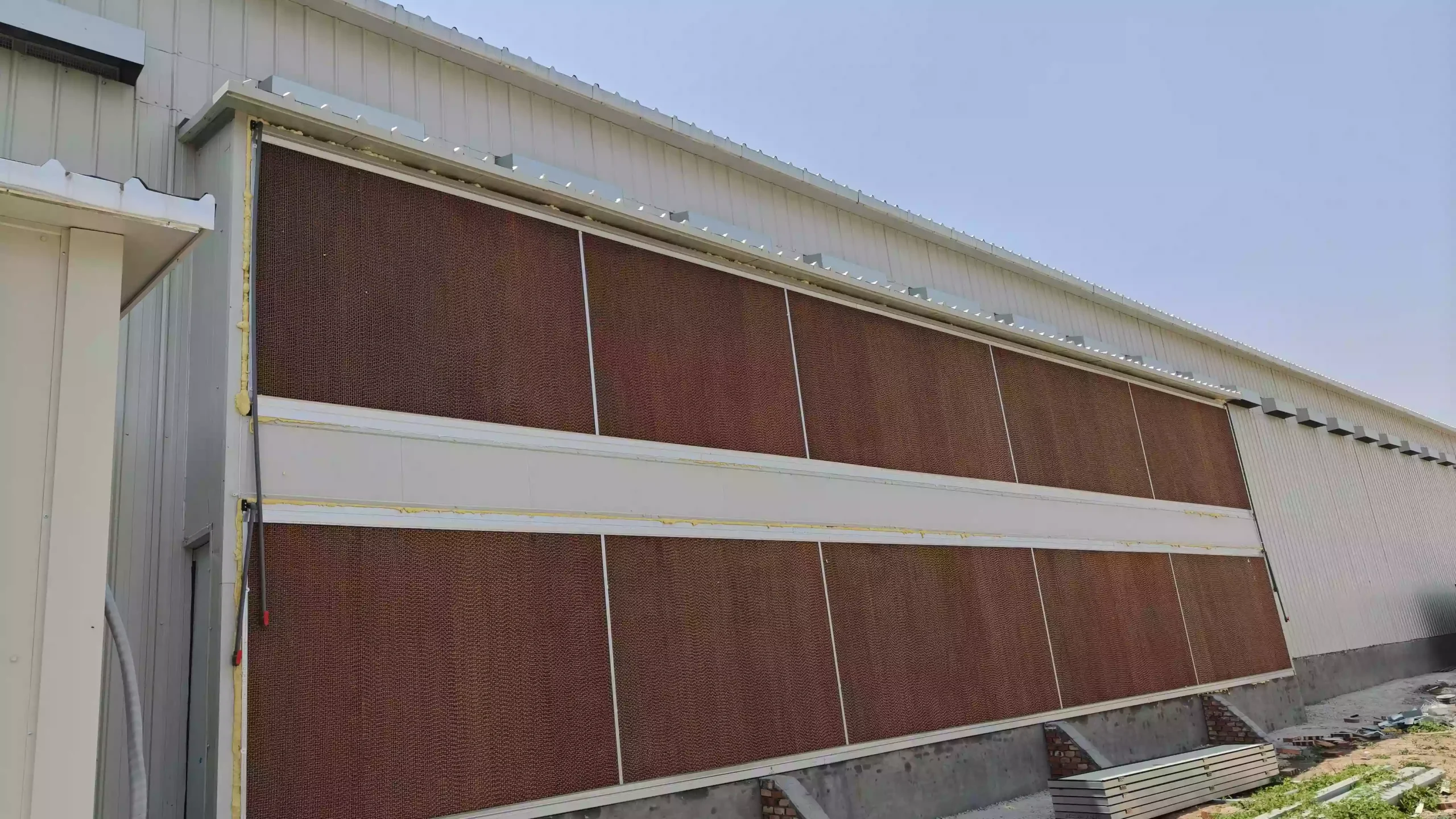Why Are Eggs in China So Cheap? egg business profit?
Here is the conclusion: The “cheapness” of eggs is built upon intense internal competition (involution) and meager profits or even losses at the farming level, which is ultimately passed on to consumers through massive supply volumes.
This is a profound question that strikes at the core of China’s egg industry chain. The relatively low price of eggs in China, especially within the current (2023-2025) economic climate, is the result of a combined effect from the supply side, demand side, and industrial structure.
In simple terms: The ”cheap” price for consumers is built upon intense “internal competition” (involution) at the production level, often with meager profits or even losses for farmers, and is ultimately passed on through massive supply volumes.
egg business profit?here is a detailed analysis:
I. Supply Side: Overcapacity and Descending Costs (The Core Reason)
- Extremely High Scale and Production Efficiency:
- The scale of China’s layer industry is far beyond imagination. Farms with over 100,000 birds have become the mainstream. These large-scale operations use modern equipment like H-type stacked cage system with automated feeding, climate control, and egg collection, drastically reducing labor and energy costs per egg.
- ”Super Chicken” Breeds: High-yield hybrid breeds like Hy-Line and Ross are universally used. The feed conversion ratio (FCR) is constantly optimized, sometimes reaching as low as 2.0:1 (2 kg feed to produce 1 kg eggs), representing world-leading production efficiency.
- Industrial “Generation” Structure Lowers Overall Cost:
- Clear division of labor: Breeder Farm → Pullet Rearer → Layer Farm.
- Most farmers buy ready-to-lay pullets (60-100 days old) from specialized rearing farms. This shortens the production cycle, speeds up capital turnover, and transfers the risks and costs of brooding to these specialized rearers who guarantee flock uniformity and quality.
- Declining Feed Costs:
- Feed constitutes about 70% of the cost of producing eggs. In the past two years, prices for main feed ingredients (like corn and soybean meal) have fallen from their historical highs in 2022, creating room for egg prices to decrease.
- The “Prisoner’s Dilemma” and Resilience of Farmers:
- Even when the egg price falls below the cost line (~4 RMB/jin is the break-even for many small farms), it’s difficult for farmers to cull their flocks decisively because:
- Culling hens is a sunk cost. As long as the egg price covers the variable cost of feed, keeping the flock for one more day means losing less money.
- Everyone hopes others will cull first, waiting for prices to rebound. This “involution” leads to very slow capacity reduction, resulting in persistent oversupply.
- Even when the egg price falls below the cost line (~4 RMB/jin is the break-even for many small farms), it’s difficult for farmers to cull their flocks decisively because:
II. Demand Side: Weak Consumption, Unable to Absorb Capacity
- Impact of the Macro-Economy:
- In the last two years, spending by households and the catering industry (the main consumers of eggs) has become more conservative, suppressing demand. The food service sector has not fully recovered to pre-pandemic levels, and it is a major channel for processed and bulk egg consumption.
- Obstructed Premiumization:
- Although branded eggs, safe-for-raw-consumption eggs, and other premium categories are growing, their market share remains relatively small (<20%). In an economic downturn, consumers tend to choose cheaper, loose eggs, preventing the premium market from effectively absorbing the oversupply of standard eggs.
- Changing Consumption Habits:
- The rise of health-conscious diets may lead some consumers to reduce egg intake or choose alternatives like plant-based proteins.
III. Industrial Structure: Extreme Fragmentation and Fierce Competition
- The “Small Scale, Large Group” Pattern Persists:
- Although individual farms are larger, the country still has a vast number of small and medium-sized operations. The industry concentration is very low; no single company or group can monopolize the market or regulate prices. This creates a perfect competition market where prices are determined purely by supply and demand.
- Highly Efficient but Low-Margin Circulation:
- The supply chain from farm to consumer (Agent → Wholesaler → Supermarket/Wet Market) is highly mature and fiercely competitive. Profit margins at every step are squeezed to the minimum, forcing players to rely on volume.
- ”Whole-Farm Purchase” Sales Model:
- Many large farms use the “payment-upon-loading” model, meaning payment is settled immediately once eggs are loaded onto the truck. To ensure cash flow, farms are often willing to sell quickly even at lower prices, further depressing the ex-farm price.
Summary and Outlook
| Category | Specific Factors | Impact on Price |
|---|---|---|
| Supply Side | Scale, efficiency, lower feed costs | Major downward pressure |
| Demand Side | Weak consumption, limited premium uptake | Inhibits price increases |
| Industrial Structure | Fragmented competition, efficient but thin margins | Intensifies price competition |
Conclusion:
The “cheap” price of eggs in China is the product of a combination of highly efficient modern production and an extremely fragmented, competitive market structure. In the last two years, this has coincided with lower feed costs and weak consumer demand, leading to persistent oversupply and low prices.





